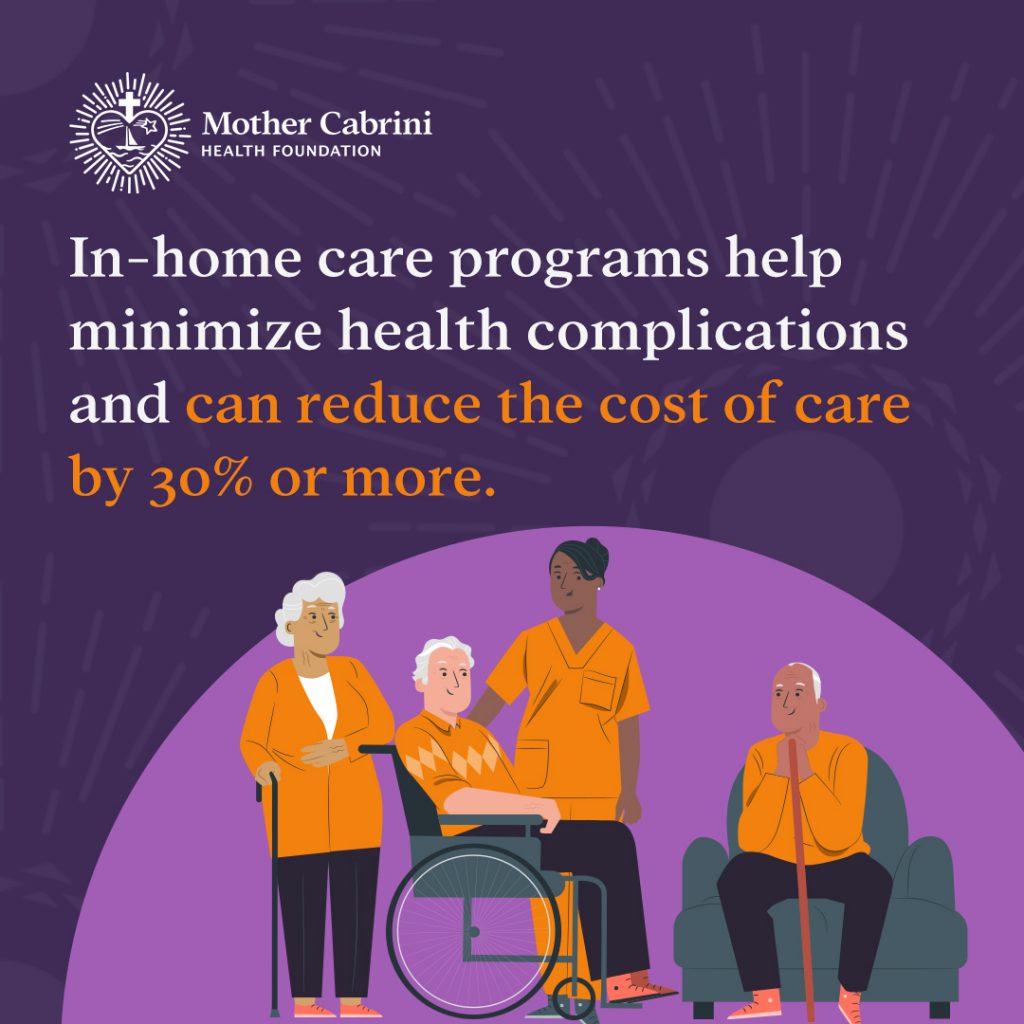Charting a New Course for the Future of In-Home Care
Creating a National Blueprint to Treat Patients at Home
In the last two years, COVID-19’s devastating impact on nursing home residents led to a shift in how nursing homes, healthcare organizations, and municipalities approach long-term care for older New Yorkers. Even prior to the pandemic, nearly 90% of homeowners approaching retirement wanted to stay in their homes as they aged.
Beyond the personal desire to age in place, in-home care programs that enable patients to receive acute care at home have proven effective in reducing complications while cutting the cost of care by 30% or more. Hospitals have the ability to boost patient and staff capacity in case of an emergency and reduce unnecessary hospitalizations using in-home care.
Now, as the preference and demand for in-home care continues to grow and hospitals ensure bed availability amid any surge of COVID-19 patients, New-York-based hospitals and home health agencies are charting the course towards a national blueprint that treats patients at home, rather than hospitals or long-term care facilities.

Funded by a grant from the Mother Cabrini Health Foundation, the Home Care Association of New York, the Healthcare Association of New York, and the Iroquois Healthcare Association, which represents 50 upstate New York healthcare systems, recently completed Phase One of their statewide initiative to reimagine the future of long-term care.
The successful pilot program for the hospital-homecare collaboration was led through a partnership of Catholic Health Services and Catholic Home Care on Long Island. It treated approximately 800 older COVID-19 patients at home with a team of primary care physicians and home health nurses who provided in-person and telehealth visits. Only about 3% of patients required a trip to the hospital, and the program received an overall patient satisfaction rate of 97%.
As expected, a critical component of the program proved to be the program’s 24/7 access to care. Rather than immediately sending patients experiencing health issues late at night to the hospital, providers were trained to use telehealth tools, monitor patient data remotely, and engage with home care nurses whenever.
At a time when more and more seniors want to grow old in their own homes, it is critical that they have the opportunity to do so safely and conveniently. Co-collaboration between hospitals and home health care organizations is the first step in doing so.
Beyond the pandemic, finding new resources and implementing innovative solutions into our care systems will be vital in improving the lives of older New Yorkers.
Learn more about the Hospital-Home Health Collaboration here.
